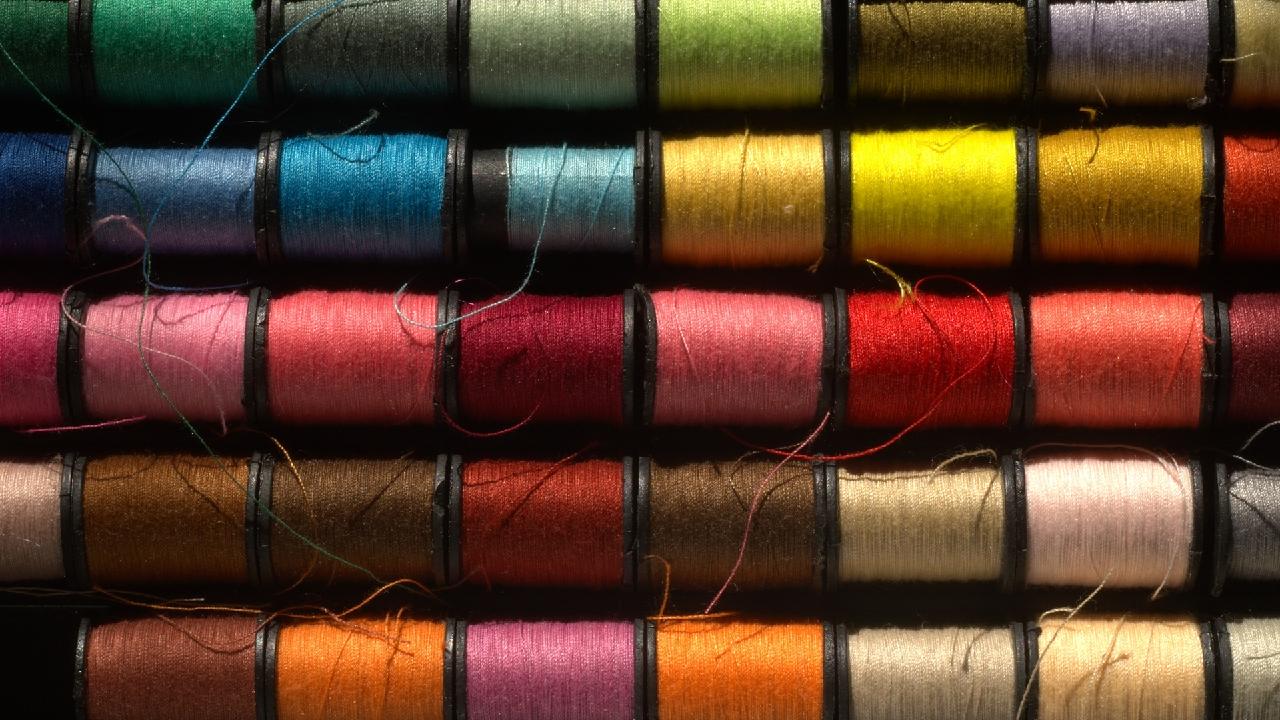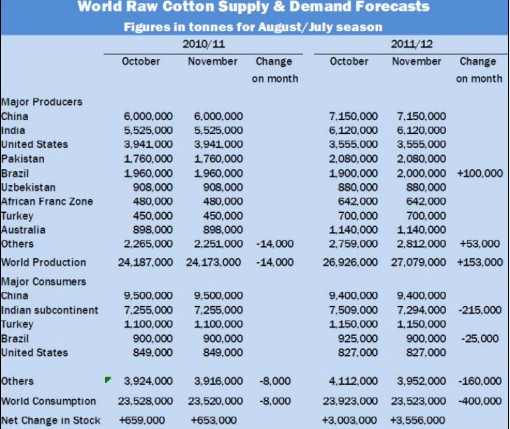|
Mention nonwovens to anyone in the know and more often than not they¡¯ll think of hygiene and filtration, and perhaps wipes and construction if you¡¯re lucky. Indeed, according to European nonwovens industry organisation EDANA statistics, these four application areas made up 72% of the market in terms of volume for nonwovens roll goods last year. Although still registering significant growth, particularly in developing regions, the hygiene market is reaching maturity, with the original children that benefited from the first all-in-one single-use diaper now turning 50. But nonwovens have a lot to offer to new areas ¨C such as packaging, which now takes approximately 2.5% of all nonwoven applications and, according to new research, is set to grow even further in the near future. The new study from Kellie Solutions reveals a Compound Annual Growth Rate (CAGR) for the market of more than 8.3% per annum over the last ten years ¨C outpacing the general nonwovens and packaging markets. Some sectors, such as multi-trip durable retail packaging, have shown stellar growth figures that are well in excess of the trend average. And the spread of applications is extremely diverse ¨C ranging from retail bags to medical device packaging, and from tea bags to advanced intelligent packaging components. The emergence of high quality print technologies is also supporting this market expansion. ¡°Nonwovens are finding their way into an ever-expanding range of packaging end uses because they offer an exciting combination of advanced engineering technologies and potential optimisation of materials,¡± explains the report¡¯s author George Kellie. Packaging is not the only industry which is starting to recognise the varied benefits of nonwoven materials. At the recent Dornbirn Man-made Fibres Congress, Peter Driscoll of PCI Fibres and Raw Materials, suggested fashion textiles will be consuming exotic spunlaid polyester nonwovens by 2060. Lenzing COO Friedrich Weninger also said at the event that nonwovens will account for at least a quarter, and maybe as much as a third of all global textile production by 2050. Somehow that bold statement doesn¡¯t seem so unlikely after all.
|
|
ANALYSIS: Nonwovens: the complete package
Updated: 2011-12-6 Source: www.wtin.com

Recommended News
Photo Gallery
Most Popular



